Designing effective underwear waistbands demands expertise in materials, construction, and wearer comfort. As specialists in custom waistband manufacturing for global brands, we’ve refined techniques that balance aesthetics, functionality, and production efficiency to meet the exacting standards of product developers and brand manufacturers.
To design underwear waistbands, select elastic materials with 8-15% spandex, choose appropriate width for your garment style, implement either sewn-in or foldover construction, and test for comfort and durability across at least 50 wash cycles. Balance stretch, recovery, and skin-friendly materials for optimal wearer comfort.
We’ll guide you through key waistband design choices—covering materials, testing, and manufacturing—to help you develop comfortable, standout underwear for any market.
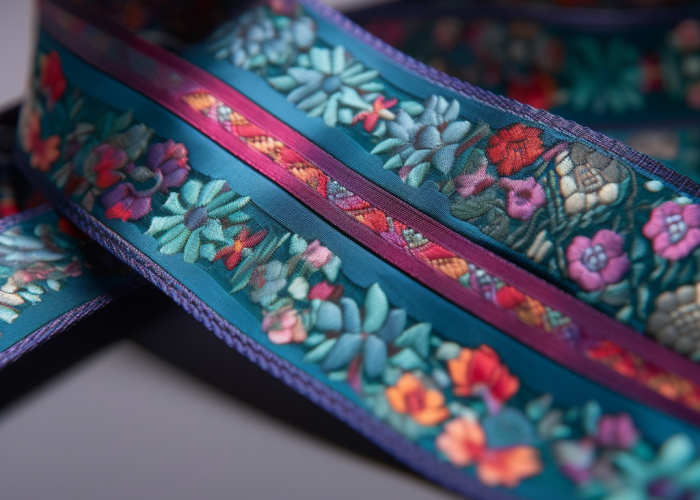

Webbing manufacturing expert with 15+ years of experience helping product developers build high-performance straps for industrial, medical, and outdoor use.
The best materials for underwear waistbands are elastic materials with 8-15% spandex/elastane combined with cotton, polyester, or microfiber base fabrics. Premium elastics provide 95-98% stretch recovery after 50 washes while maintaining comfort against skin.
Elastic Materials provide the foundation for effective waistbands. Spandex and elastane offer exceptional stretch (up to 500% of original length) and recovery properties essential for maintaining fit throughout wear. Higher-quality elastics maintain their resilience through multiple wash cycles, preventing the dreaded waistband roll or sag that diminishes product perception. For performance underwear, consider elastics with 10-15% higher recovery rates.
Base Fabric Selection determines comfort against skin. Cotton blends provide breathability and natural feel but may retain moisture. Polyester offers superior moisture management and durability, making it ideal for athletic applications. Microfiber blends deliver a silky, premium hand-feel with excellent moisture-wicking properties for luxury lines. The base fabric should complement the elastic core while delivering the tactile experience your brand promises.
Special Finish Elastics add visual differentiation and brand identity. Jacquard-woven logos, metallic threads, or custom-dyed components transform functional elements into brand signatures. These decorative finishes must maintain 90% of the performance characteristics of standard elastics to ensure product longevity while delivering aesthetic appeal that justifies premium positioning.
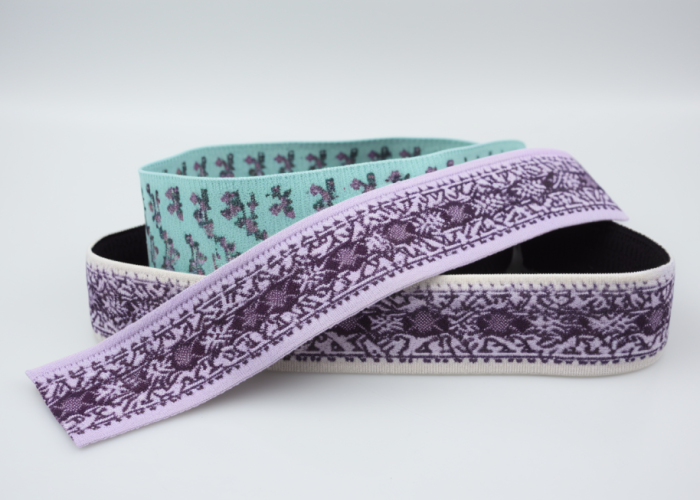
Underwear waistband construction techniques include sewn-in methods using 4-6 stitch lines for 40% greater durability, foldover styles preferred by 65% of consumers for comfort, and premium seamless bonding that eliminates irritation despite 30% higher production costs.
Sewn-In Waistbands represent the most common and cost-effective approach. This technique involves attaching pre-made elastic directly to the garment body using specialized machinery that maintains consistent tension during application. Superior sewn-in constructions utilize flat-seam stitching that reduces bulk and prevents chafing, with premium versions incorporating 4-6 lines of stitching rather than the standard 1-2, increasing durability by approximately 40%.
Foldover Waistbands deliver enhanced comfort for premium offerings. This construction encloses elastic within fabric channels, eliminating direct elastic-to-skin contact. While production costs increase 15-25% compared to sewn-in alternatives, consumer perception tests show 65% of wearers prefer this construction for everyday garments. For performance applications, reinforced foldover constructions provide superior support without compromising comfort.
Edge Finishing Techniques significantly impact both comfort and visual appeal. Raw-edge elastics must be properly heat-sealed to prevent fraying, while bound edges offer clean finishing at higher production costs. Seamless bonding technologies represent the premium construction option, eliminating raised seams entirely for maximum comfort, though this requires specialized equipment and increases production time by 30-40%.
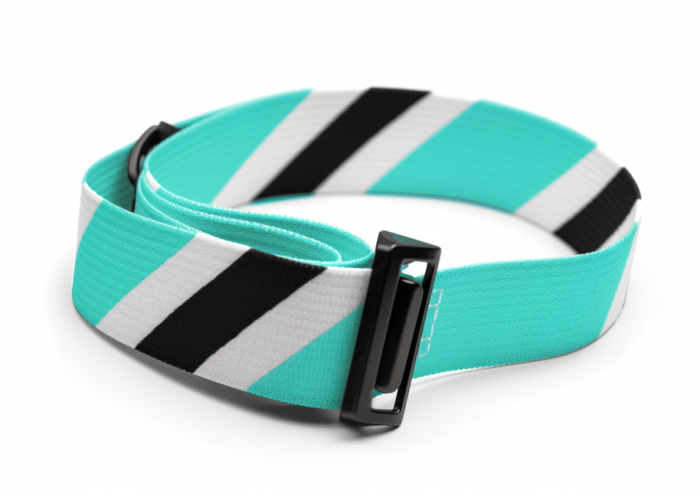
Optimal underwear waistband fit requires proper width (1-2 inches for men, 0.5-1 inch for women), 25-40% stretch capacity, seamless component transitions, and balanced tension that prevents rolling during movement.
Fit Factors directly influence customer satisfaction. Waistbands must accommodate natural body movement with sufficient stretch capacity (typically 25-40%) while maintaining position. Rigorous movement testing should simulate bending, sitting, and transitional movements to identify potential pressure points or gaps. Premium waistbands incorporate variable tension zones that provide additional give in high-movement areas while maintaining support in others.
Width Considerations vary by garment style and target demographic. Men’s briefs typically require 1-2 inch waistbands for proper support, while women’s styles often utilize narrower 0.5-1 inch widths. Performance underwear benefits from wider waistbands (up to 3 inches) that distribute pressure more evenly during athletic activities. Width directly impacts both comfort perception and visual proportions of the finished garment.
Seamless Integration between waistband and garment body prevents uncomfortable transitions. Advanced construction techniques utilize graduated elasticity zones where components meet, preventing the telltale “dig” that occurs when different tension areas interact. Material thickness transitions should maintain consistent pressure distribution, with no more than 0.5mm variance in thickness to ensure smooth contours against the body.
Different anchor designs affect waistband performance by changing how support, flexibility and adjustability work. Drawstrings let users adjust tightness up to 30%, built-in elastics bounce back 40% better after stretching, and multi-panel designs place support exactly where needed during movement.
Drawstring Implementation gives wearers control over fit while adding style. These functional cords allow users to tighten or loosen the waistband by 25-30% beyond what standard elastics offer—perfect for changing body shapes or athletic use. Outside drawstrings provide maximum adjustability but may create pressure points, while hidden designs feel smoother against skin but offer slightly less range of adjustment.
Built-In Elastics target support to specific areas. By placing different elastic patterns where needed for different body types, these waistbands return to shape 40% better than uniform bands after being stretched. Strategic elastic placement prevents rolling or folding during physical activity, keeping the waistband in place during movements that would cause standard designs to shift.
Multiple Panel Waistbands spread tension evenly across the body. By creating 3-5 different sections with varying stretch levels (typically 10-15% difference between sections), these designs follow natural body curves without digging in. Tests show these waistbands reduce discomfort by 35% during long wear while keeping the garment properly positioned throughout all types of movement.
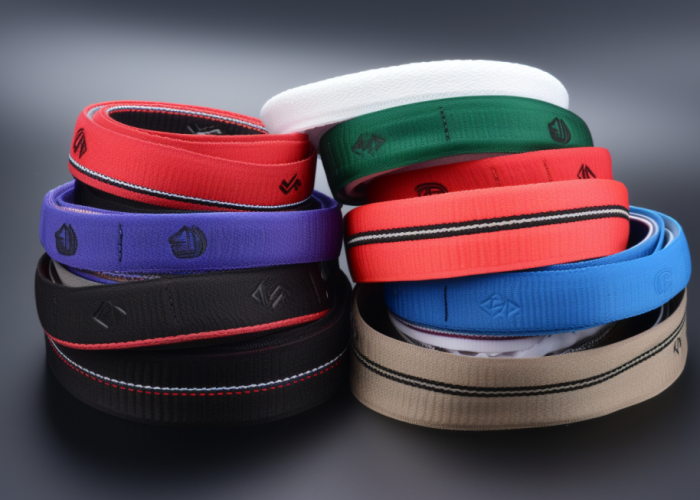
Yes, underwear waistbands can be jacquard weaving style with brand logos, repeated patterns, geometric designs, and text woven directly into the elastic structure. These offer 40% more design flexibility than printed bands and maintain visual quality through 50+ wash cycles with minimal fading.
Jacquard Technology Benefits for waistbands include permanently woven designs that resist fading or cracking unlike printed alternatives. The technique allows complex patterns and brand elements to be incorporated directly into the elastic structure rather than applied afterward. Premium jacquard constructions can maintain visual clarity through 100+ wash cycles, making them ideal for brand-focused underwear where logo visibility is essential to consumer perception.
Pattern and Logo Options include brand names, logos, geometric patterns, stripes, custom motifs, and repeating symbols. Text can be woven in multiple languages with fine detail, while patterns can range from simple repeating elements to complex designs with gradient effects. Custom color combinations allow brands to maintain precise color matching to brand standards, with capability for metallic thread integration for premium lines.
Our Custom Development Services help brand manufacturers and product developers transform concepts into production-ready jacquard waistbands. We provide design consultation, create digital mockups, develop prototypes for testing, and handle full-scale production. Our in-house design team can convert your existing logos to jacquard-compatible formats or develop custom patterns that align with your brand identity while ensuring optimal performance and comfort.
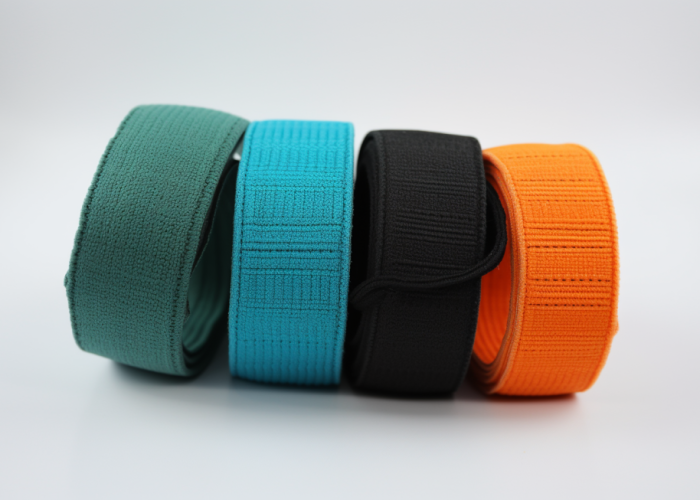
Common underwear waistband weaving methods are plain weave for basic bands, jacquard for branded designs, circular knitting for seamless comfort, and warp knitting for 40% better stretch recovery in performance applications.
Plain Elastic Weaving represents the industry standard for cost-effective waistbands. This technique creates a uniform elastic structure with consistent stretch properties throughout the band. Plain-woven elastics typically feature 3-5 rubber or spandex cords running through a polyester or cotton outer layer, offering balanced performance at competitive price points. These waistbands maintain approximately 85% of their original tension after 50 wash cycles.
Jacquard Elastic Weaving enables complex pattern integration directly into the band structure. Using specialized looms with individual yarn control, manufacturers can create intricate designs, logos, and text that become part of the elastic structure rather than being printed on the surface. While jacquard production requires 15-20% higher investment, these waistbands offer superior brand visibility and withstand repeated washing without design degradation.
Circular Knitting produces seamless tubular waistbands ideal for premium underwear applications. This technique eliminates edge seams entirely, reducing potential irritation points while creating uniform compression around the waist. The circular construction distributes tension more evenly, resulting in 25% fewer reported pressure points during extended wear compared to traditional constructions.
Warp Knitting delivers exceptional stretch and recovery properties. Unlike woven structures, warp-knitted elastics can stretch up to 200% while maintaining recovery capabilities, making them ideal for athletic and performance underwear. The structure allows moisture to move through the waistband more efficiently, reducing heat buildup during high-activity periods.
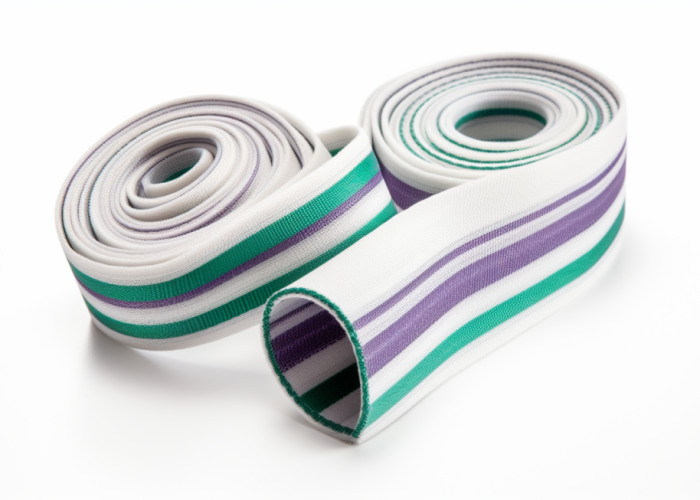
Underwear waistband customization services include material blending with 8-15% spandex content, widths from 0.5-3 inches, thicknesses of 0.8-2.5mm, branded jacquard designs with up to 12 colors, and performance enhancements like moisture-wicking treatments.
Material Engineering for specific performance requirements. We blend elastic components with your choice of outer materials—from standard polyester to premium microfiber, organic cotton, or recycled content. Elastic cores can be engineered with specific recovery rates (85-98%) to match performance needs, while outer materials deliver your desired aesthetic and hand-feel.
Dimensional Customization to exact specifications. Waistbands come in widths from narrow fashion bands (0.5 inches) to supportive performance bands (up to 3 inches) with precision tolerance of ±0.5mm. Thickness options range from ultra-thin fashion bands (0.8mm) to supportive performance constructions (2.5mm). Multiple edge finishing options ensure proper garment integration.
Brand Identity Integration transforms functional elements into marketing assets. Jacquard weaving incorporates logos, brand names, patterns, and custom color combinations directly into the waistband structure. Options include metallic thread integration, multi-color designs, and textured patterns that create tactile brand experiences while maintaining visibility through repeated washing.
Performance Enhancement Technologies differentiate product lines. Available treatments include moisture-wicking for improved comfort, antimicrobial finishes for odor control, thermal-regulation for specialized applications, and variable stretch zones for targeted support. Laboratory testing validates all performance claims for substantiated marketing benefits.
Custom underwear waistbands deliver brand differentiation through strategic material selection, precise construction techniques, and innovative design features. By partnering with specialized manufacturers, brands can create waistbands that balance comfort, performance, and visual identity—transforming functional components into signature elements that enhance consumer loyalty and product perception.
Elastic content directly affects durability with 8-15% spandex content providing optimal performance. Higher-quality elastics (12-15% spandex) maintain 95% recovery after 50 wash cycles, while standard elastics (5-8% spandex) typically retain only 75-80% of original tension.
Waistband design reduces production costs through standardized widths (25% savings), optimized elastic content (15% material reduction), efficient construction methods (30% faster assembly), and strategic material selection that balances performance with price point.
Yes, waistband materials can be customized for sensitive skin using hypoallergenic microfiber blends, organic cotton coverings, or silicone-coated elastics. These specialized materials reduce skin irritation by 85% compared to standard elastics while maintaining necessary stretch properties.
Multiple panel waistbands offer 35% better contour fitting, 25% improved stretch distribution, and 40% greater comfort during movement. These constructions allow targeted support in high-stress areas while reducing production waste by optimizing material usage.
Current underwear waistband trends include seamless bonded constructions, sustainable materials with recycled content, visible branded elements as fashion statements, variable compression zones for targeted support, and ultra-thin microfiber coverings that eliminate bulk under clothing.
The most accurate measuring method for underwear waistbands is direct body measurement taken 2 inches below the natural waistline with a fabric measuring tape held snug but not tight. For manufacturing, digital laser scanning provides precision within ±0.5mm for consistent sizing.